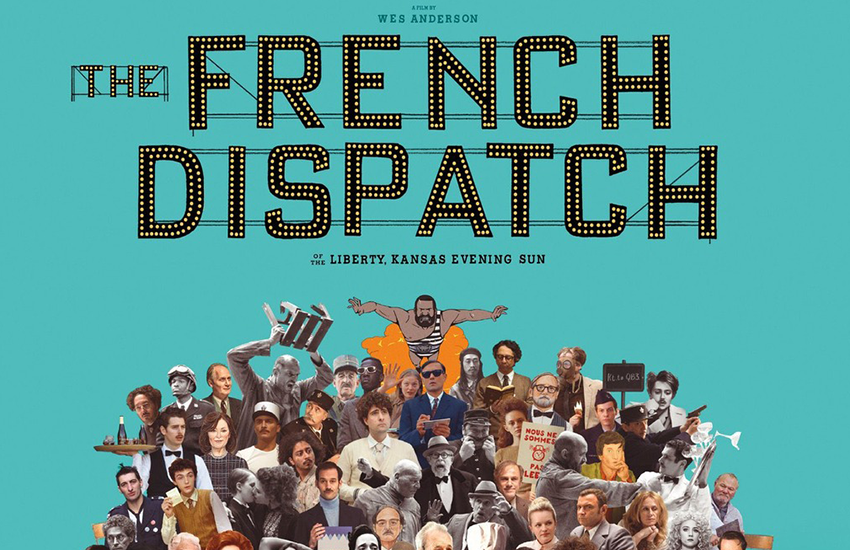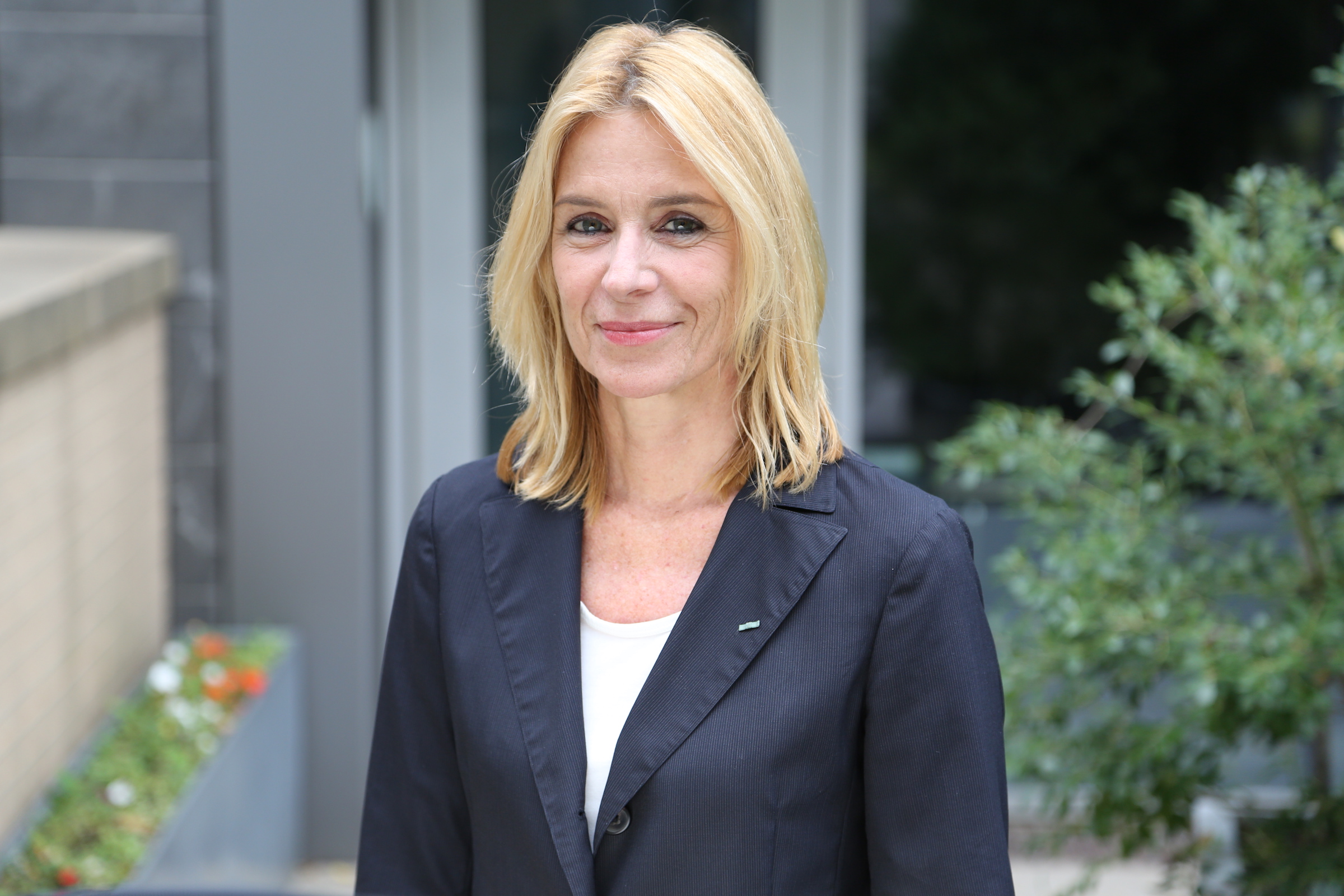There’s no denying the place of culture at the Lycée. Our Cultural Center podcast series, “La Culture Oui, but Why?” gets to the very heart of it. In the most recent episode, we explore Wes Anderson’s new film, “The French Dispatch.” Take a listen…
In Wes Anderson’s film, The French Dispatch, released in the U.S. in October 2021, the real star is the city of Angoulême. The script does not specify that the urban setting is borrowed from this city of Charentes, famous for its comic book festival and its Francophone film festival. It is “a fictional twentieth-century French city.” But for those who know Angoulême, the resemblance is obvious.
The Lycée has its own storied connection to the city of Angoulême. In 1950, a passionate Francophile and teacher at the Lycée, Jacques Habert, published his book, “When New York was called Angoulême.” Habert wrote that Jean de Verrazane, born Verazzano, was the first Westerner to arrive on the shores of New York and discovered our fair city in the name of François 1er.
More recently, inspired by this book, the French film director Marie-France Brière directed a documentary “Et si New York s’appelait Angoulême” (And if New York were called Angoulême), filmed in part at the Lycée and presented in our auditorium two years ago as part of a partnership between our Cultural Center and French Cinema Week, which is none other than the New York version of the Angoulême French Film Festival created by…Marie-France Brière and Dominique Besnehard.
With a nomination for “Best Music Score” on Sunday’s Golden Globes, the striking music of Wes Anderson’s film is in the spotlight. We wanted to teleport you to Angoulême to find out how the inhabitants of the city called Angoumoisins or Angoumoisines experienced this star-studded shoot–from Timothée Chalamet to Frances McDormand–which took place from November 2018 to March 2019.
David Beauvallet, Director of Marketing and Communication at the Pôle Image Magelis, who served as a conduit between the film crew and the city, was the spokesperson. We learn that Wes Anderson recruited 1000 extras from the region’s inhabitants, that the pharmacist’s friend became famous as the mother of the commissioner played by Mathieu Amalric, and that everyone kept a memory of this director who called them by name. In addition to the direct economic spin-offs for the city, an exhibition on the film’s sets at the Magelis winery, which attracted 6 000 people, in Angoulême, it is hoped that this cinematographic event will encourage other teams to choose the very special light of the white stone of Charente for their filming.
Listen to the podcast series, “La Culture Oui, but Why?”
The entire podcast series, “La Culture Oui, but Why?” is now available on the Apple podcast network. You’ll find interviews with French and Francophone artists and thought leaders, many of whom are working with our students and teachers through the Artist in Residence program and other classroom activities.
About the Author :
Pascale Richard joined the Lycée as director of the Cultural Center in 2011, where she aims to bring the best of French and American cultures through conferences, concerts, films and various events. In the fall of 2012, she launched the school’s Artist-in-Residence program. Pascale was previously Vice President of External Affairs at the French Institute Alliance Française (FIAF). Her background is in journalism and writing with a focus on lifestyle and fashion. She is a graduate of Sciences-po and holds a master’s in journalism from New York University.


